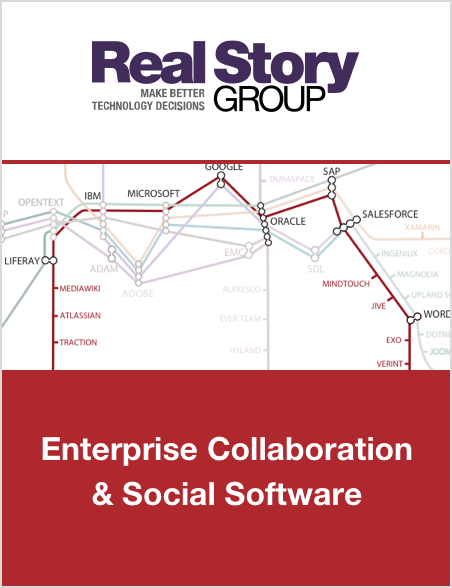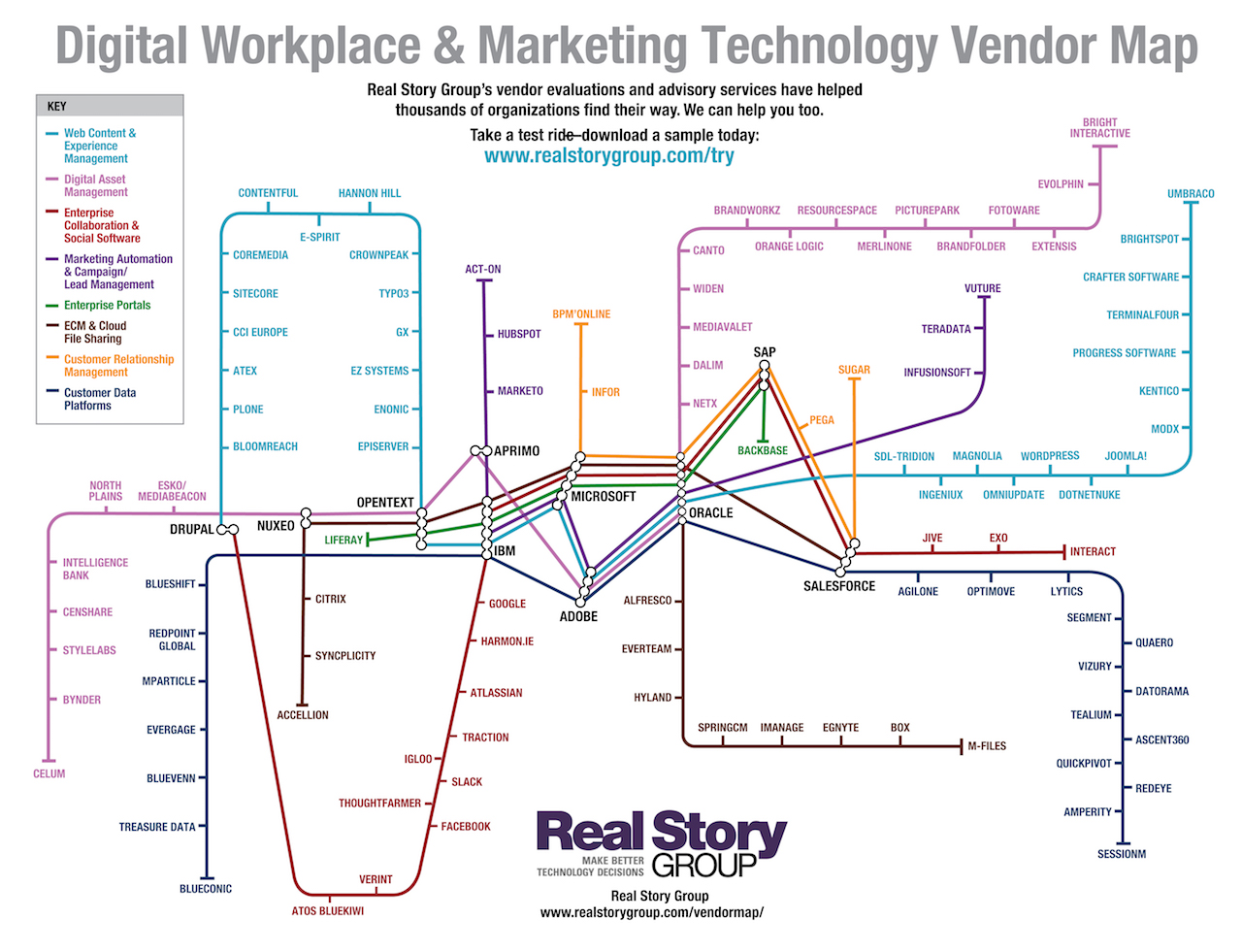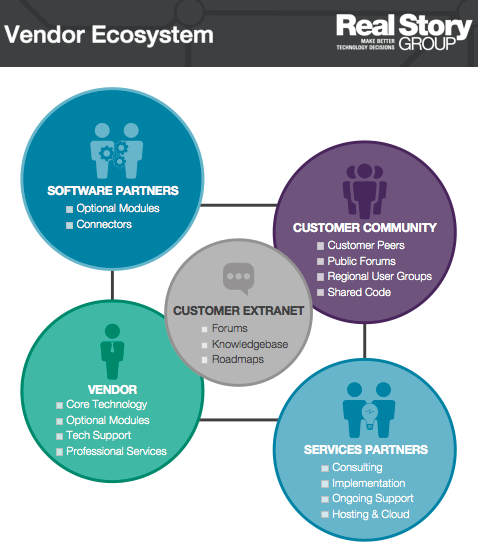PhoneGap/Cordova Vs Oracle and IBM Mobile Offerings
So-called "hybrid" apps constitute one of the major types of cross-platform mobile apps. Under this approach, you basically create your app using web technologies -- HTML5, CSS, and JavaScript -- and then "wrap" it with a web-to-native wrapper that converts it into a downloadable app.
This approach has many pros and cons that we explore in our forthcoming Enterprise Mobile Platforms evaluation report, due out next week.
Apache Cordova is a popular hybrid app development environment. It's open source and free, so perhaps as a result, Cordova is hugely popular amongst developers.
Now, many enterprise software vendors use Apache Cordova within their own offerings. In fact, Adobe's PhoneGap is based on Apache Cordova, and Oracle's ADF Mobile, IBM's Worklight, and several others platforms also embed it for hybrid development.
So a key question arises: if you develop your mobile experience using web technologies and use Cordova to wrap it, why license Oracle ADF Mobile, IBM Worklight, Adobe, or one of the other commercial vendors in the first place, instead of using Cordova directly?
Well, the short answer is that these commercial vendors have added additional functionality on top of the basic HTML5-plus-Cordova model for app development.
As an example, lets consider Oracle ADF Mobile. A key advantage -- or drawback, depending on how you look at it -- of employing Oracle ADF Mobile is that you rely principally on Java, giving you access a full-fledged programing environment to reflect sophisticated business logic. This is not something that HTML5- or JavaScript-based environments can match, especially for enterprise integration. Another related advantage is that you use Oracle's JDeveloper environment for developing your apps. As a result, you get access to all the enterprisey features – such as declarative bindings, visual development, and so forth -- of JDeveloper. You also get access to ADF capabilities such as Task Flows, data controls and host of pre-built components.
Similarly, other vendors also bundle numerous value-added services and features.
Of course, you'll face trade-offs and will often sacrifice some flexibility. Again using Oracle ADF Mobile as an example, you'll find that Oracle ADF Mobile is not stand-alone offering. It is a part of broader Application Development Framework and Fusion Middleware. So while it may offer a good fit if you already use ADF in your organization or use other Oracle platforms, such as their WebCenter Portal or Application Server, it is certainly not suitable as an option purely for a stand-alone mobile application platform.
We explore many more benefits and drawbacks in much greater detail in our evaluation of 21 major Enterprise Mobile Platform vendors.








